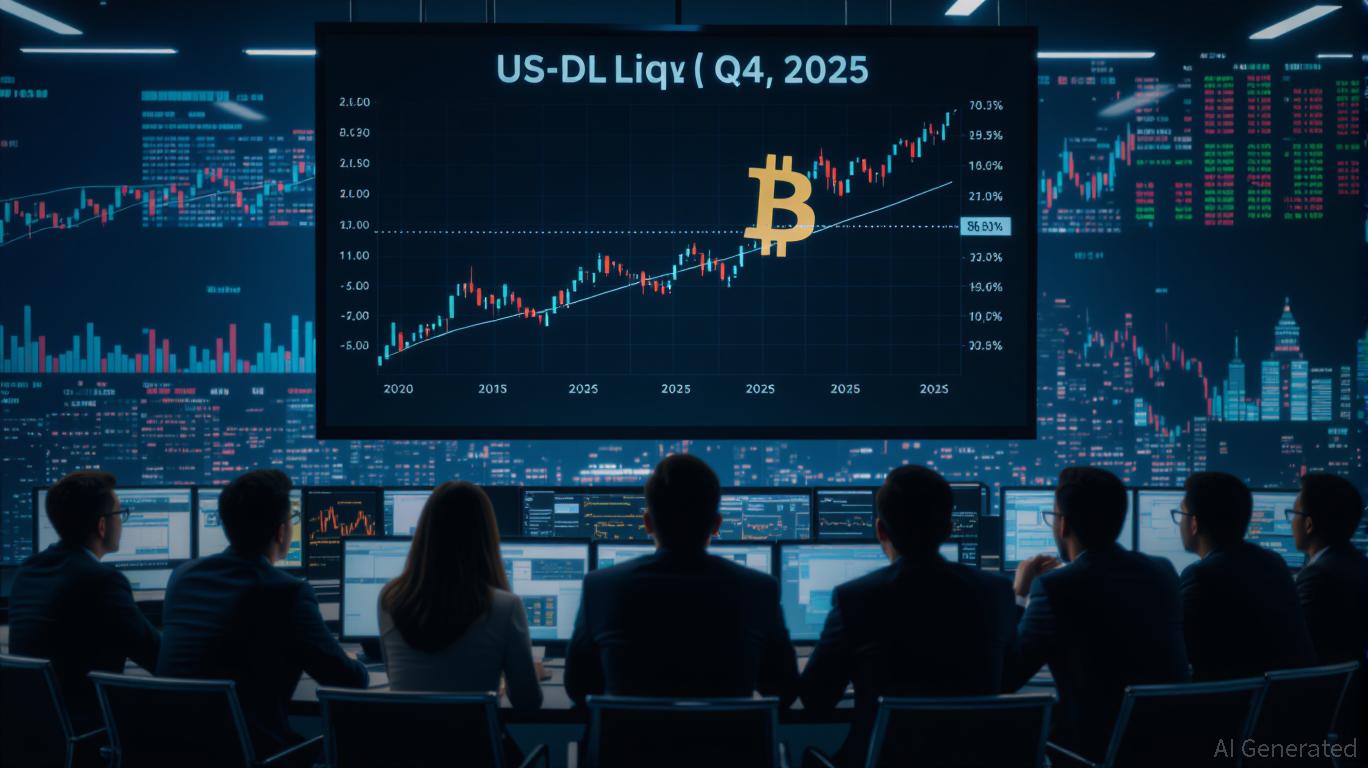- Kazakhstan plans a $1 billion crypto reserve fund to boost digital finance by early 2026.
- The fund will use seized assets and mining revenue to strengthen state investment in digital assets.
- Kazakhstan tightens crypto rules while expanding digital finance through partnerships and regulation.
Kazakhstan plans to establish a national cryptocurrency reserve fund worth between $500 million and $1 billion by early 2026. The initiative aims to integrate digital assets into the country’s state-managed investment portfolio. It will be one of Central Asia’s largest steps toward adopting digital finance in a controlled and strategic manner.
The government aims to utilize the fund in diversifying its financial reserves and building its digital economy. According to authorities, the fund will be run by the Astana International Financial Centre which is also involved in fintech regulation and blockchain regulation.
Funding Sources and Management Strategy
The reserve fund will include assets seized or repatriated from abroad and revenue from state-backed crypto mining operations. Officials said these funds will help recover national capital and reduce dependency on commodity exports. The initiative reflects a shift toward using technology-driven tools to modernize the financial system.
The fund will be managed by a state investment vehicle following professional investment standards. It will invest in exchange-traded funds and shares of companies connected to the digital currency sector. It will however not be exposed directly to volatile cryptocurrency like Bitcoin. This cautious strategy is designed to capture industry growth while reducing risk.
Authorities may invite foreign partners to co-manage or co-invest in the fund once it becomes operational. The program will comply with existing financial laws and maintain transparency and oversight in all operations.
Strengthening Crypto Oversight
Kazakhstan has made bold regulatory steps towards its expanding digital economy. In the first half of this year, the government closed 130 illegal crypto exchanges suspected of money laundering and confiscated digital assets to the tune of $16.7 million. Officials also identified 81 shadow cash-out groups with a combined turnover of $43 million.
Only crypto exchanges licensed by the Astana Financial Services Authority are allowed to operate legally. These exchanges must work with local banks under the country’s Law on Digital Assets. The crackdown campaign emphasizes the desire of Kazakhstan to have a safe and controlled crypto market.
Expanding the Digital Finance Ecosystem
The government also plans to turn some of its National Fund, gold and foreign exchange reserves into digital assets. This action is an indicator of increased trust in blockchain as a financial tool in the long term. The Ministry of Digital Development has suggested that the state-owned organizations should be able to provide energy to individuals who are miners in exchange of cryptocurrency. Earlier, Kazakhstan announced plans to invest part of its national reserves in crypto funds based on models from other sovereign wealth funds.
A recent move in this direction was the introduction of a state-supported crypto reserve in Kazakhstan with the collaboration of Binance. Last year, Binance Kazakhstan received full regulatory approval from AFSA, positioning it as Kazakhstan’s first fully regulated Digital Asset Trading Facility. It is also in the pilot stage of its central bank digital currency and building a stablecoin with Solana and Mastercard. Together, these efforts indicate Kazakhstan’s broader goal of building a full digital asset ecosystem integrated into its national economy.




